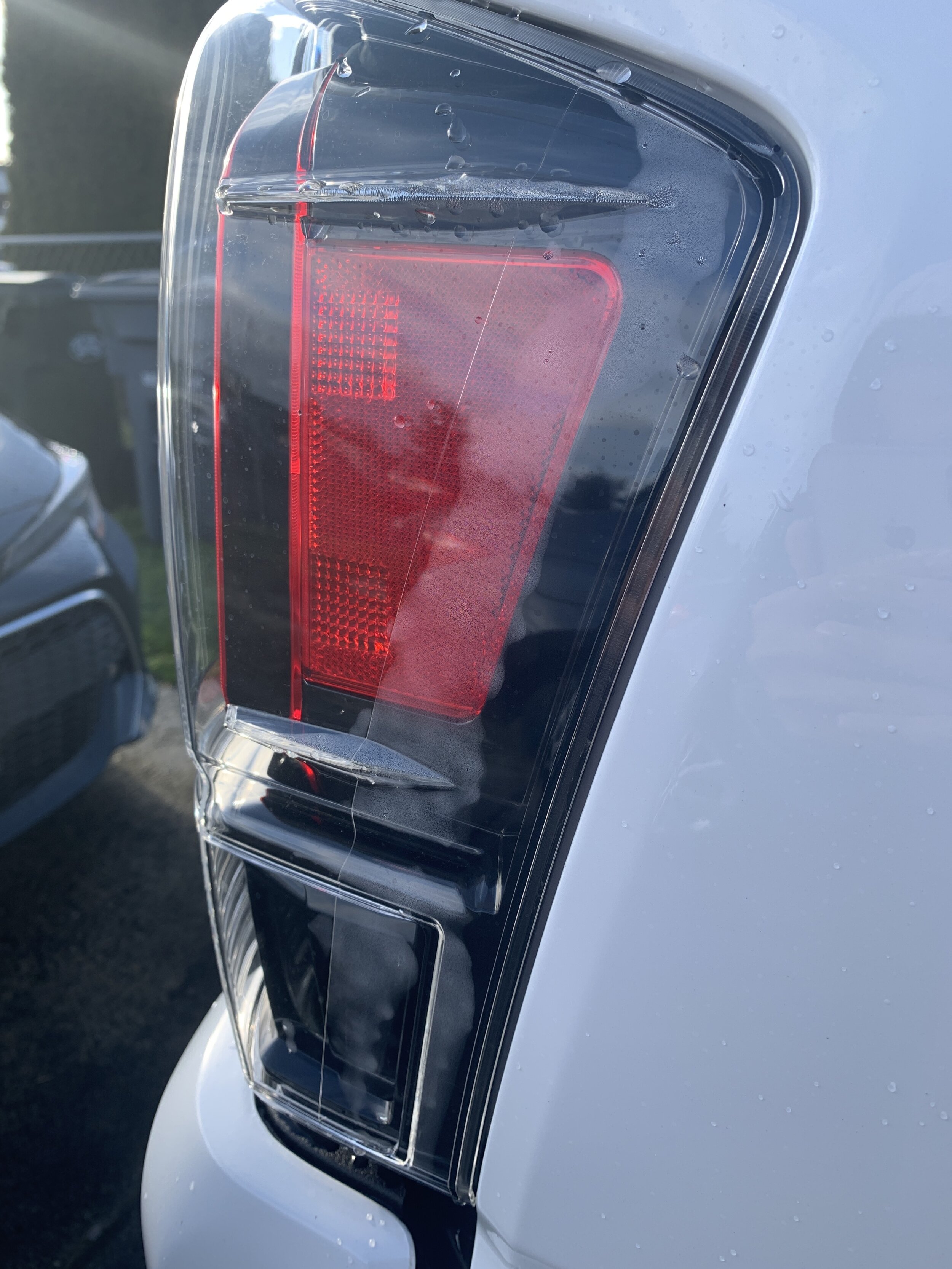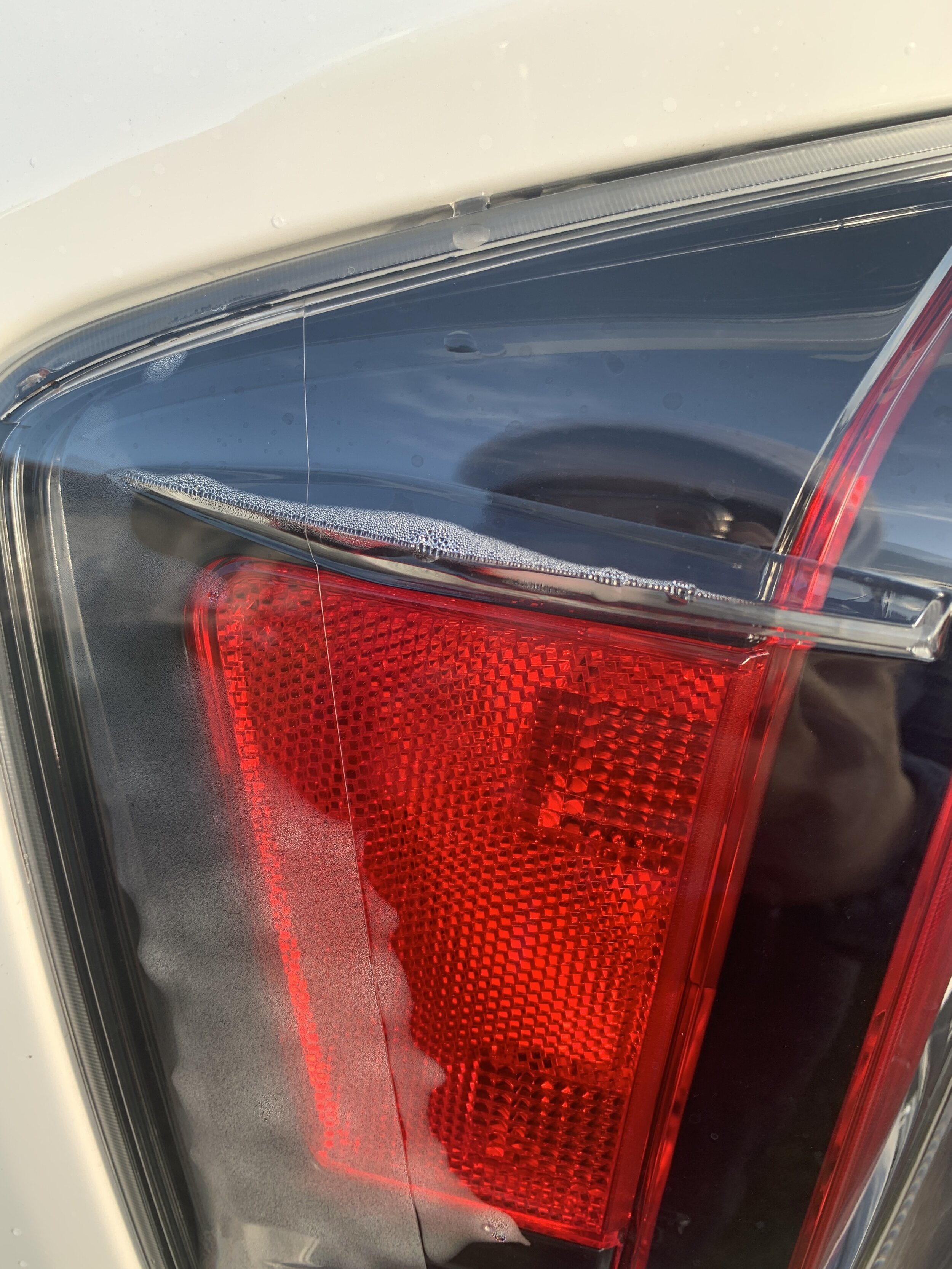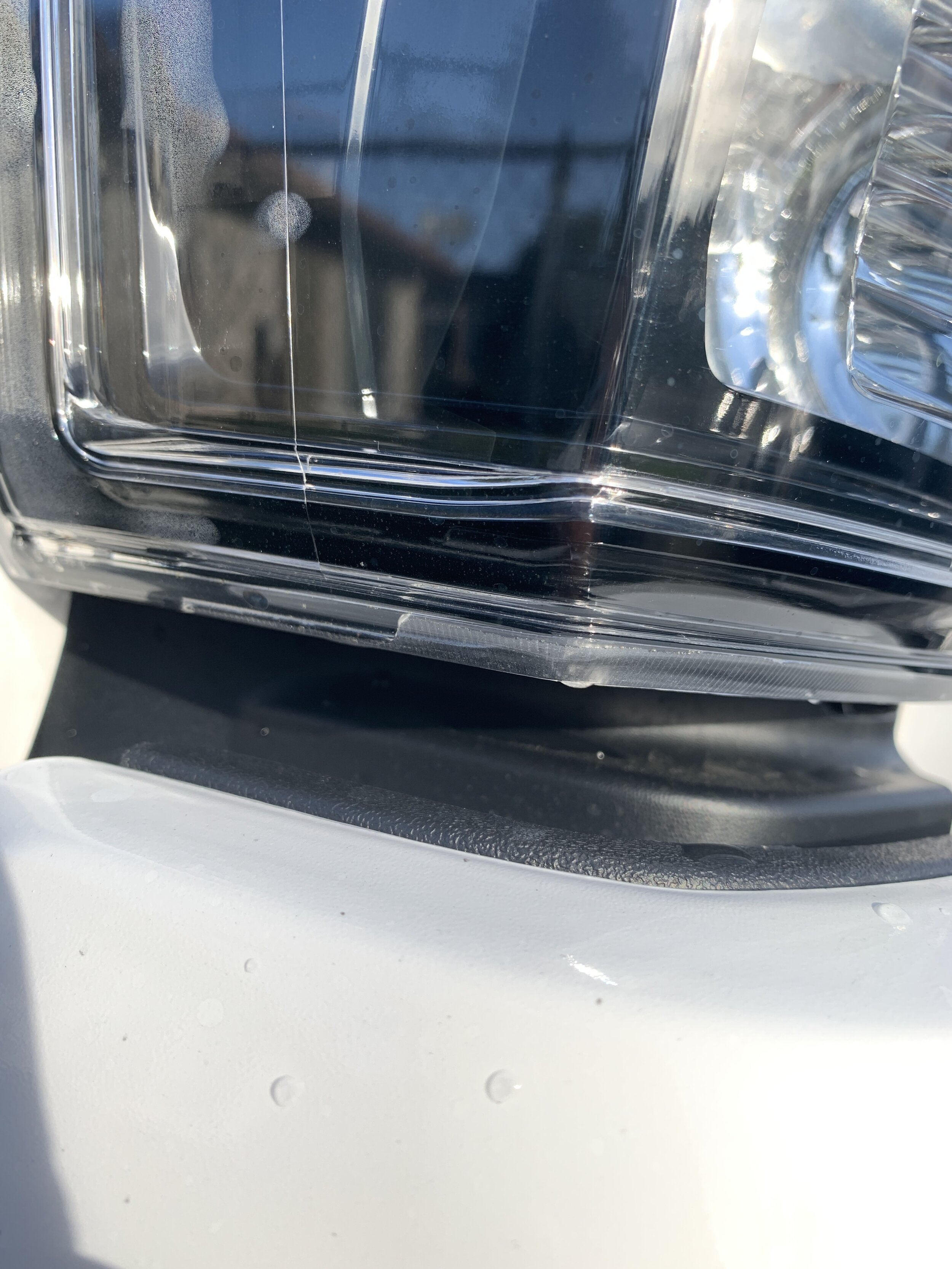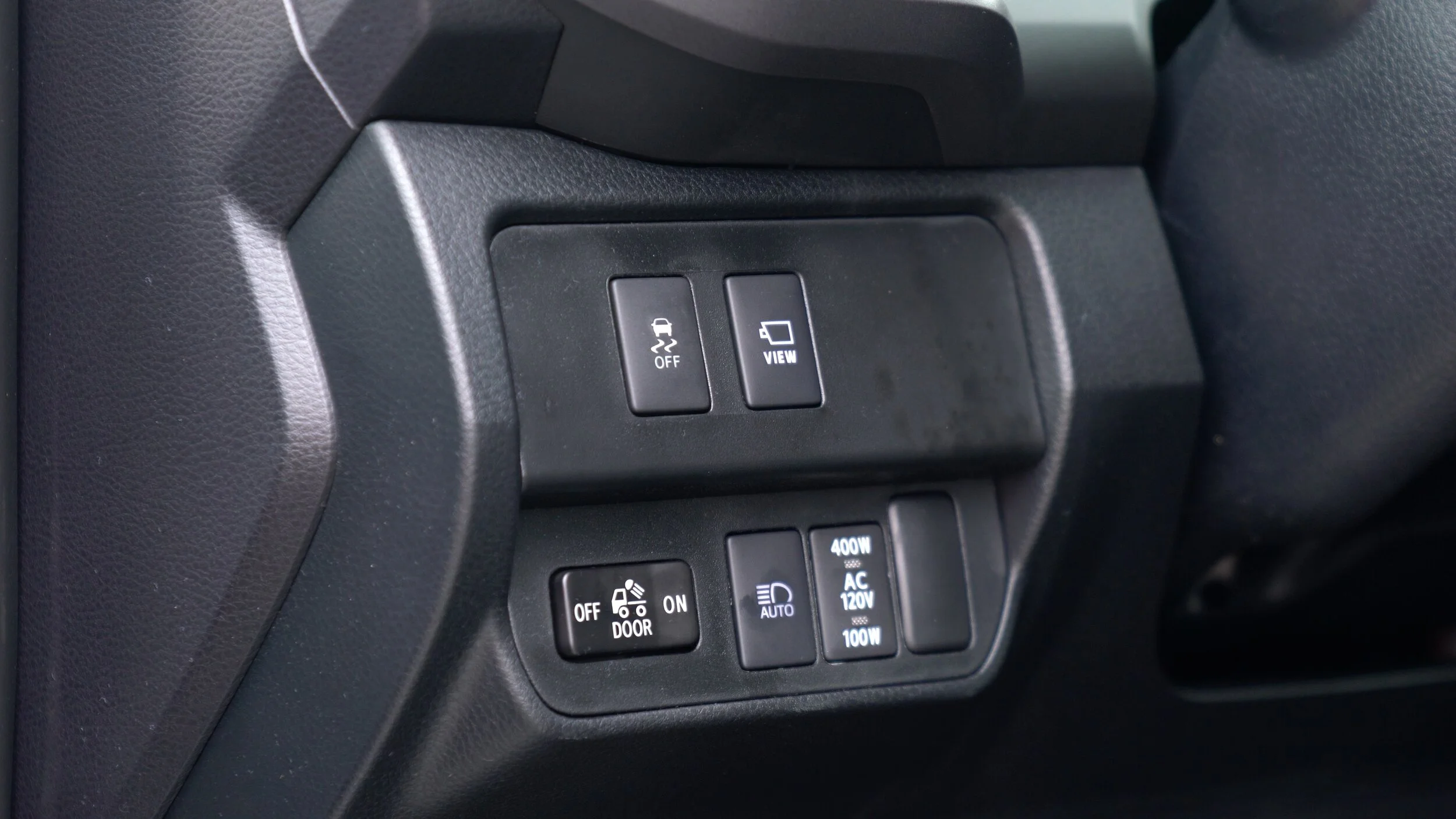I was recently sent the Jollylook, the self-proclaimed first cardboard vintage instant film camera.
Needless to say, I was interested. I’ve been a fan of FujiFilm Instax and instant film in general for a while now. Those who have been with my YouTube channel for a long time will know that I’ve reviewed a few Instax cameras so I’m familiar with this genre of photography.
Using instant film is already vintage in a sense but what Jollylook has developed is next level vintage. They took the modern Instax mini film and made it work with a camera that looks like it’s a hundred years old. This is largely attributed to using a camera with bellows. Nevertheless, this is something very different from what every other Instax camera manufacturer is doing.
On the surface and while looking at the marketing, this seems to be a pretty cool camera. But let me tell you, problems arose immediately upon unboxing. Let’s first look at this camera in terms of construction. A major part of the Jollylook marketing is that it is made of cardboard. Now, I was never really excited about this because well, cardboard. This is a material that has a lot of drawbacks and weaknesses. Getting the Jollylook in hand, it’s apparent that it’s actually made from a variety of different materials including cardboard, vinyl, wood and metal. But it is largely cardboard wrapped in what I assume is a type of leatherette vinyl. My first issue with construction is that it seems like everything is glued together and some of the surfaces were already separating upon unboxing. The glue is just not holding up. I looked past this and actually tried to use the camera and this is where the issues really snowballed.
The process of actually using the camera is not a complicated one, but it is one that requires a few steps. The camera comes with instructions and the manufacturer has made an instructional video showing how to use the camera but you can’t understand the frustration until you try it yourself.
I’ve included a copy of the instructions for you to check out for yourself. I’ll just add some thoughts about them.
The bellows DO NOT work properly. Its length is just too short or the wrong material was used because when the lens panel is pulled out, the bellows just want to pull everything back into the camera body. If you look up #jollylook on Instagram, you actually see that some people put a stick in between the bellows just to make it properly extend. *UPDATE* It seems like this stick was previously included with the camera. I did not receive it along with other parts that I’ve seen. I can’t say that this was a mistake or the norm for current cameras that are sold.
The lens panel DOES NOT fit properly into the cutouts on the distance scale. The cutout is too small to fit the wood edges of the lens panel. Every time that I try to adjust the distance, I feel like I have to jam the edges of the lens panel into the distance scale. Over time, this section is likely going to be destroyed from use.
The diaphragm or aperture changing mechanism is just terrible. It’s very stiff and I feel that I have to put way too much force into adjusting it. This is likely going to take some damage after some use.
The viewfinder is extremely inaccurate. It gives you a rough idea of what you are shooting, but the final result will be greatly different from what you saw in the viewfinder.
The crank mechanism to advance the film is extremely inaccurate. It’s very difficult to know when to stop turning the handle. On multiple occasions, I’ve advanced too much and another film comes out. There is supposed to be a click that signifies when to stop but I never hear/feel it.
After taking a few photos with this camera, I quickly learned that it doesn’t work. All my photos turned out black. This could be for a variety of reasons.
The camera doesn’t work.
Because the bellows don’t fully extend, light doesn’t travel through it properly and doesn’t produce a proper exposure.
The shutter mechanism is defective. Its timing could be wildly off and contributes to an improper exposure.
The film advance mechanism is doing something to not expose the film properly. Some films could be partially advanced which means that it’s partially exposed.
The diaphragm or aperture is just too small, even at its widest, to actually let light in. I felt that this was the most plausible reason. I didn’t want to just say that the Jollylook just didn’t work. Maybe, there just wasn’t enough light in the particular room that I was in. To test this, I straight up took a picture of a light fixture. This would no doubt be enough light but guess what? I got nothing but the highlights of the lightbulbs. I tried again with another light fixture and essentially got the same result. To not get too deep into how a camera works, I’m just going to say that this camera needs A LOT of light. I’m talking about the brightest of summer days. If you try to take an indoor photo, it’s done. You won’t get anything but a black photo. Forget about the diaphragm guide or even changing it. You’re basically shooting yourself in the foot if you try to reduce the light by closing that diaphragm at all.
So, what more can I say? This is absolutely the worst, not just Instax, but camera, in general, that I’ve ever used. What’s crazy is that this thing is sold for $70. That’s not including film. On the other hand, something like the Fujifilm Instax Mini 9 costs around $50 and very often comes packaged with film. The Mini 9 is straight forward and gives you very consistent results.
Here’s something else for you. When I was contacted about reviewing this camera, the Co-founder of Jollylook gave me some background information about this camera. It was funded on Kickstarter in 2017 but since then, the company has had some financial problems. Instead of shipping these cameras out to the people who supported them on Kickstarter, Jollylook started selling the cameras. I would assume that this is to get some extra money to keep them afloat but apparently, two cameras need to be sold for every one Kickstarter reward fulfilled. Today, 2-3 years later and ONLY 65% of their backers have received their rewards. If you look at the Amazon reviews for this product, one person actually verified this. She said that she backed this project two years ago and still didn’t get it so she just ordered it on Amazon and got it two days later. I was even told that Jollylook is working on a new generation of Jollylook Square. I assume that this is just their version of a camera that uses Instax Square film. Just think about, instead of rewarding the people who backed this product through Kickstarter, they are out here selling these cameras, giving them away for free and even developing something different INSTEAD of giving their original supporters the rewards that they deserve. This just blows my mind.
To all those people who backed this Kickstarter and are still waiting to receive their camera, I really hope that you get it soon. But in all honesty, if what you’re getting is anything like what I got, I would just forget about it. This thing is trash. It’ll look pretty good as an expensive paperweight or shelf art, but as a camera, just buy a traditional Instax camera.
If you're considering buying any of the products mentioned, please support my work by using the links below.
Jollylook Mini Instant Camera https://amzn.to/38m1e0a
Fujifilm Instax Mini 9 https://amzn.to/38rDBTV
Want to support my work?
Consider visiting the shop and buying "Absolutely Nothing" https://www.HaiHoangTran.com/shop/absolutely-nothing
or
Become a Patron!
https://www.patreon.com/HaiHoangTran
or
PayPal
https://www.PayPal.me/HaiHoangTran
or
Just shop on Amazon via this link!
https://amzn.to/2FgsDnG































































